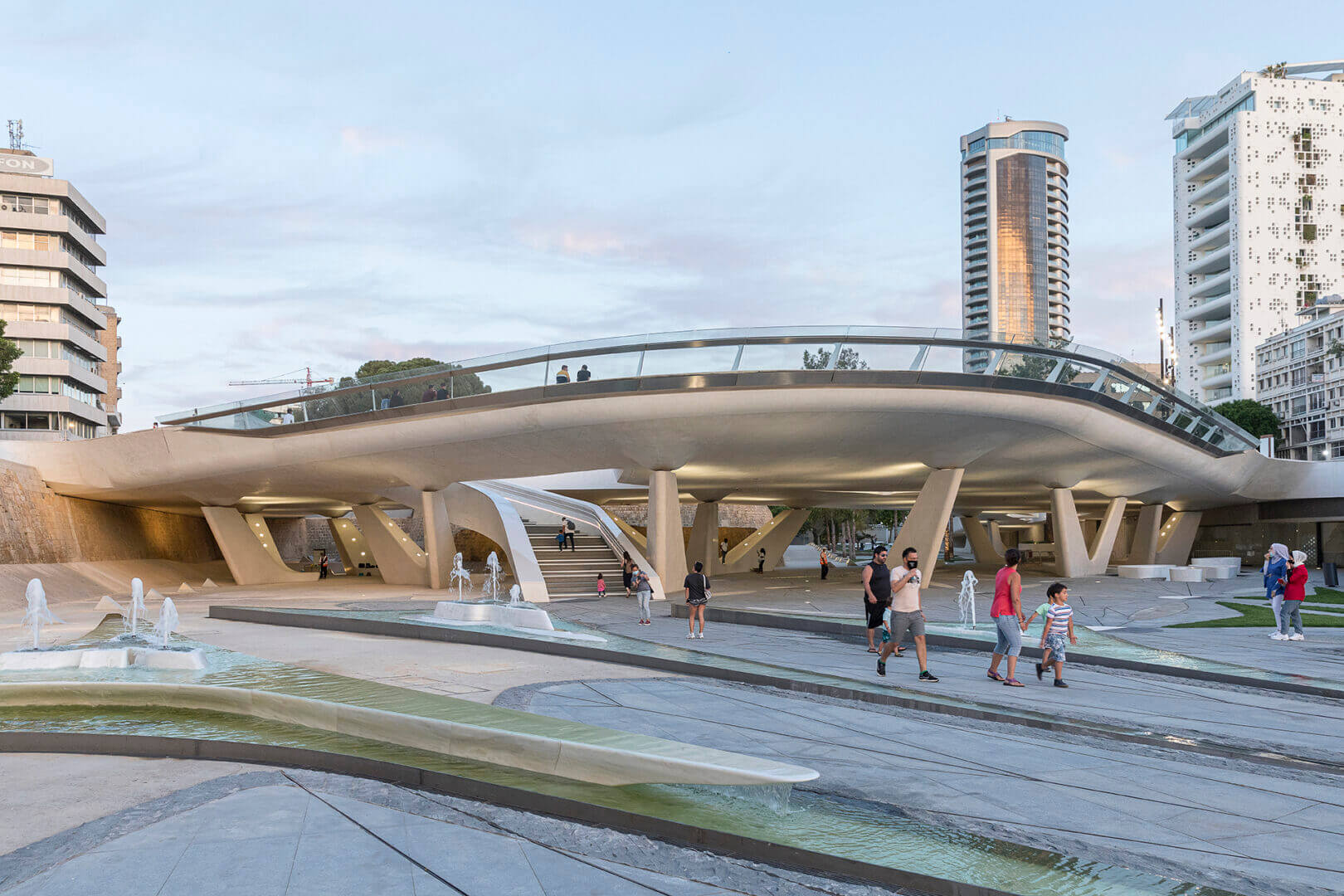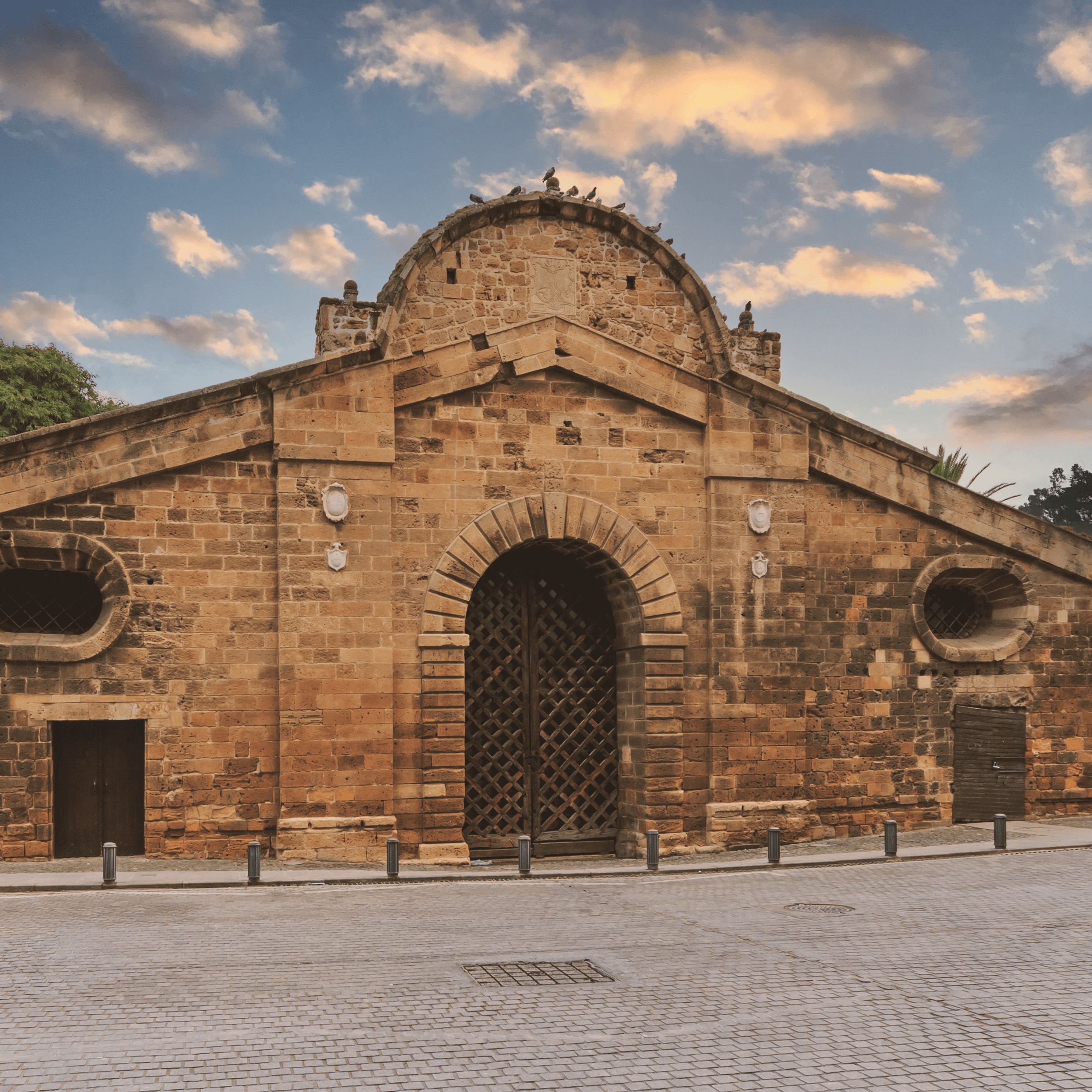Ledra Street
- Ledra Street
This vibrant thoroughfare begins at Eleftherias Square and stretches from south to north, encompassing a portion that resides within Turkish-occupied Nicosia.
A hub of liveliness, Ledra Street entices visitors with its array of coffee shops, boutiques, bookstores, and restaurants, adorning the sides of this pedestrian-friendly boulevard nestled in the heart of the old city.
A.G. Leventis Gallery
- 5 A. G. Leventis Street
The A. G. Leventis Gallery, opened in central Nicosia in 2014, displays art treasures acquired by Anastasios G. Leventis. With eco-friendly features and state-of-the-art resources, the Gallery houses three collections: the Paris Collection, showcasing European art from the 17th to 20th century; the Greek Collection, featuring works by local artists from the early 20th century to the 1930s; and the Cyprus Collection, focusing on the first generation of local artists.
This landmark Gallery is a tribute to our shared European heritage and offers an immersive experience for visitors of all ages.
Laiki Geitonia
- Aristokyprou & Praxandrou Streets
Laiki Geitonia, situated within the pedestrian area of the walled city of Nicosia, is a charming traditional neighborhood.
It serves as a prime illustration of traditional Cypriot urban architecture, with its meticulously restored houses dating back to the late 18th century.
These buildings primarily employ wood, sandstone, and mudbrick as construction materials. Laiki Geitonia captivates visitors with its narrow winding streets, exclusively designated for pedestrians, where residential houses coexist harmoniously with craft shops, souvenir boutiques, and tavernas.



